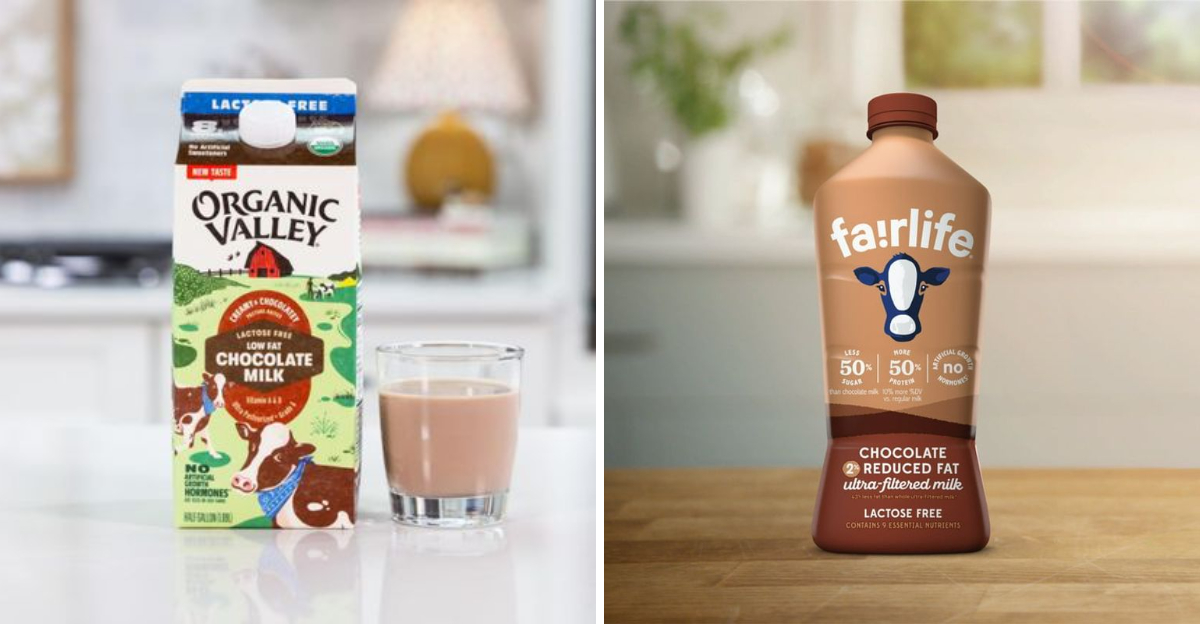15 Nutritious Fruits Ranked From Lowest To Highest In Benefits
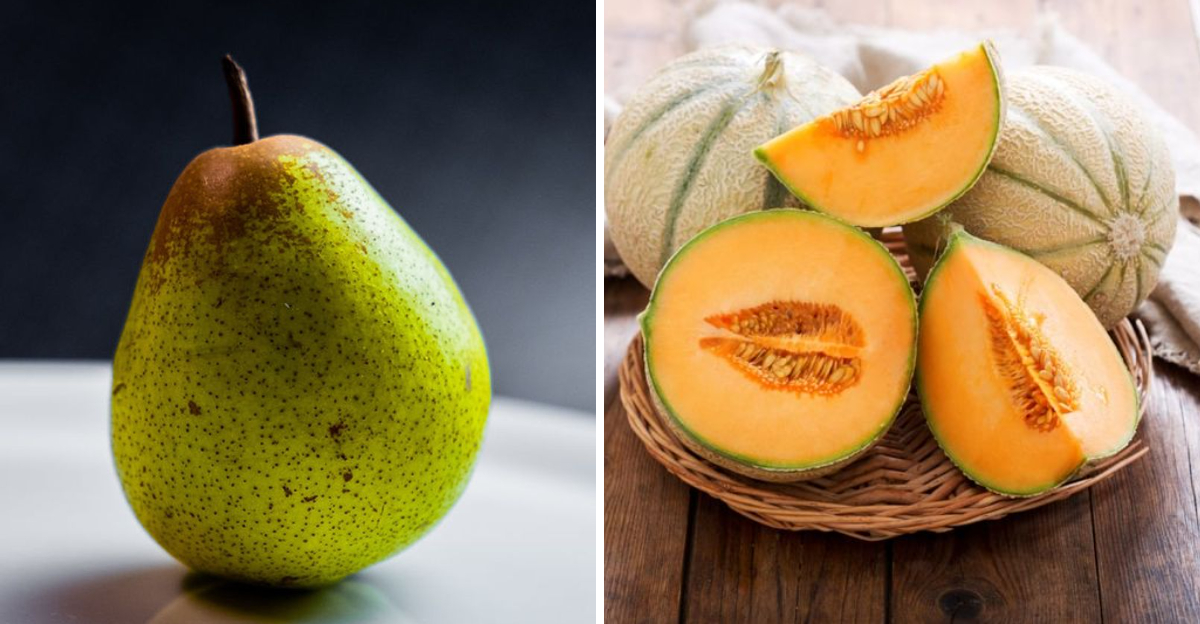
You’ve heard fruits are healthy, but which ones pack the biggest punch—and which are just refreshing sidekicks? This ranked guide cuts through the noise, organizing 15 popular fruits from good to truly great based on fiber, vitamins, antioxidants, and satiety. Expect practical tips for pairing, portioning, and prepping each pick so you actually enjoy eating them. Read on to upgrade your fruit bowl from basic to brilliantly strategic.
1. Cantaloupe

Cantaloupe earns a spot for its impressive hydration and generous vitamin A and C content, thanks to beta-carotene-rich orange flesh. It’s delightfully low in calories, making it a smart, refreshing snack in warmer months or post-workout. While it’s lighter on fiber than many fruits, pairing with Greek yogurt, cottage cheese, or a handful of nuts adds staying power. Choose fragrant, heavy melons with a slight give at the blossom end. Store cut pieces chilled and eat within a couple days for best flavor and texture. Blend into smoothies or cube for a bright, cooling fruit salad.
2. Watermelon

Watermelon shines for hydration and refreshing sweetness, delivering lycopene and citrulline, compounds linked to vascular health and recovery. It’s lower in fiber, so consider pairing it with protein or fat—feta, nuts, or yogurt—to boost satiety and keep energy steady. Cold, crisp slices are perfect for picnics and post-exercise rehydration. Look for deep, uniform color, a creamy field spot, and a hollow sound when tapped. Aim for mindful portions, as it’s easy to overeat juicy cubes. Try a mint-lime watermelon salad, blend into a slush with ice and lime, or grill wedges to intensify flavor.
3. Pineapple

Pineapple delivers a burst of vitamin C and the digestive enzyme bromelain, which can tenderize proteins and may support comfort after meals. Its moderate natural sugars and modest fiber mean it’s best enjoyed with fiber- or protein-rich companions like yogurt, chia pudding, or cottage cheese. Choose fruit with a golden hue and fragrant aroma at the base. To reduce bite, remove the core or grill to mellow acidity. Diced pineapple brightens salsas for fish or tacos, while frozen chunks make smoothie prep effortless. Balance portions to avoid mouth irritation, especially if you’re sensitive.
4. Grapes

Grapes are portable, juicy, and rich in polyphenols—especially in darker varieties—plus manganese. Their bite-sized nature makes them easy to overeat, so portion a small handful to keep sugars in check. Enjoy them chilled for a crisper texture and to slow snacking. Pair with nuts or cheese for better balance and satiety. Frozen grapes make a refreshing, slow-eating treat. Look for firm fruit with taut skins and a powdery bloom that signals freshness. Washing before storage can hasten spoilage; rinse just before eating. Mix into salads with arugula, walnuts, and balsamic.
5. Bananas
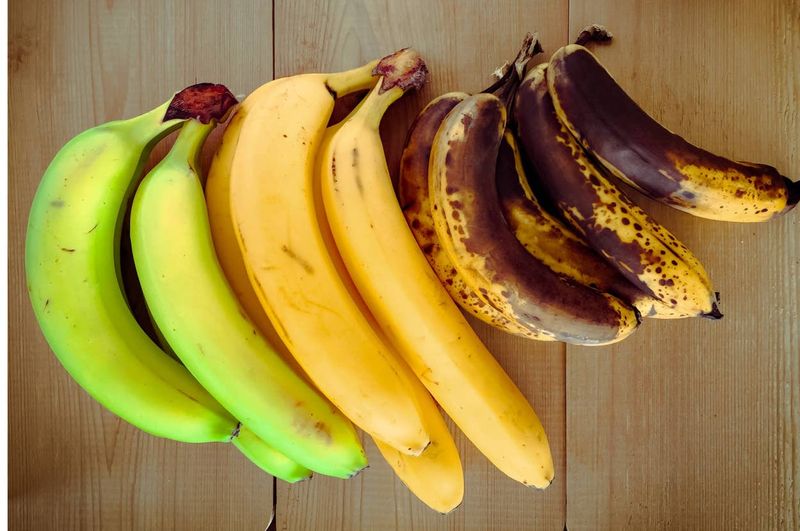
Bananas bring reliable potassium, vitamin B6, and convenient fuel for pre-workout energy. Slightly green bananas offer more resistant starch, which feeds beneficial gut bacteria and supports steadier blood sugar compared with fully ripe ones. As they ripen, starch converts to sugar, increasing sweetness and digestibility. Balance them with nut butter, yogurt, or oats for a satisfying snack or breakfast. Freeze ripe bananas for smoothies or “nice cream.” For cramps or heavy sweating, the potassium content is handy, but remember other minerals matter too. Choose firm, unbruised fruit and store at room temperature.
6. Apples

Apples are everyday heroes, packing pectin fiber that feeds gut microbes and supports healthy cholesterol levels. The skin carries quercetin and other polyphenols, so wash and eat the peel when possible. Their crunch and portability make them ideal for on-the-go snacking. Combine slices with peanut butter or cheese to add protein and fat, extending fullness. Different varieties offer distinct textures and sweetness—try Honeycrisp for snap or Granny Smith for tartness. Bake with cinnamon for a dessert-like treat without heavy sugar. Store in the crisper drawer to keep them fresh longer.
7. Oranges
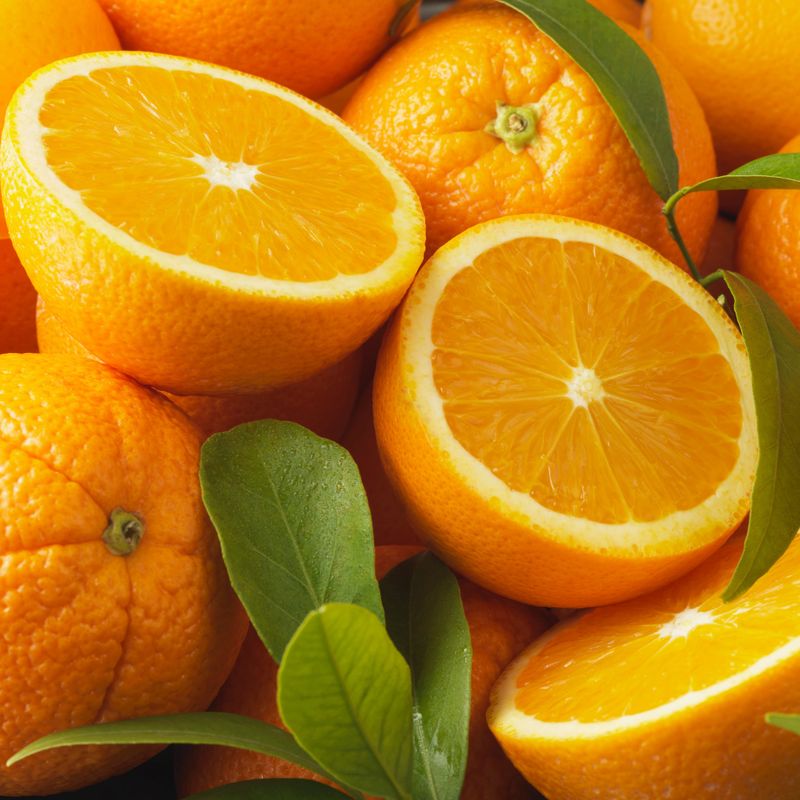
Oranges deliver high vitamin C, folate, and the flavonoid hesperidin, supporting immune function and vascular health. Whole segments beat juice by offering fiber, slower absorption, and better satiety. Keep a few in the fridge for a refreshing, portable snack that lasts. Zest adds aromatic oils to salads, yogurt, and baked goods. For variety, try blood oranges with deeper anthocyanins. Pair segments with olives and fennel for a savory-sweet salad. If you’re juicing, limit portions and include pulp. Choose heavier fruits with thin, tight skin for the juiciest bite.
8. Kiwi
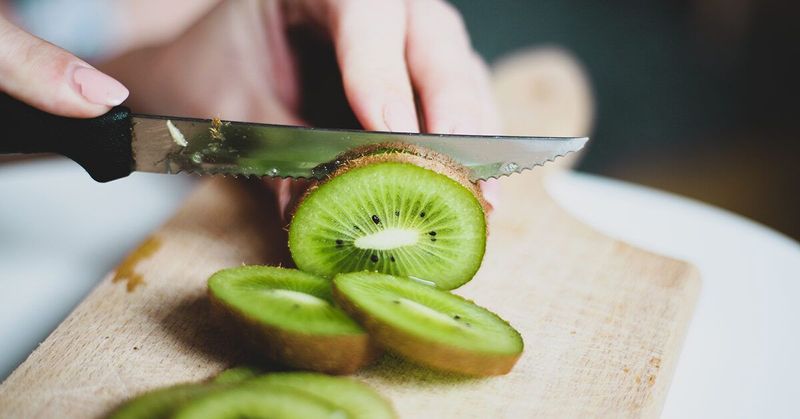
Kiwi is a vitamin C powerhouse with notable vitamin K and both soluble and insoluble fiber. Eating the fuzzy skin—well-washed—boosts fiber and polyphenols, though it’s optional based on texture preference. Its tangy sweetness complements yogurt bowls, fruit salads, and chia puddings. Gold kiwi offers a milder, less tart profile with similar nutritional perks. Slice into rounds or scoop with a spoon for easy snacking. For digestion support, pair with protein and healthy fats to moderate absorption. Store ripe kiwis in the fridge; keep firmer ones at room temperature to ripen.
9. Pears

Pears excel in fiber—often more than apples—supporting digestion and steady energy, with vitamin C and polyphenols adding antioxidant benefits. When perfectly ripe, they’re gentle on digestion and luxuriously juicy. Choose pears that yield slightly at the neck; ripen at room temperature then refrigerate. Pair with walnuts, goat cheese, or almond butter for a balanced snack. Poached pears with spices become a light dessert without heavy sugar. Keep skins on to retain fiber and phytochemicals. Different varieties offer distinct textures: Bartlett for buttery softness, Bosc for firmer slices that hold up in salads.
10. Pomegranate

Pomegranate arils deliver vitamin C, vitamin K, potassium, and potent polyphenols like punicalagins, renowned for antioxidant power. Sprinkle them over salads, yogurt, or roasted vegetables for sweet-tart bursts and crunch. The fiber and juice-packed sacs make for a satisfying topping without heavy calories. To open cleanly, score the rind and break apart in water to release arils. Juice can stain, so work carefully. Store arils sealed in the fridge for several days. Their bold flavor pairs especially well with herbs, citrus, and toasted nuts, adding color and nutrition to everyday dishes.
11. Cherries (tart or sweet) (5)

Cherries offer anthocyanins that support recovery and inflammation balance, plus natural melatonin that may aid sleep hygiene. Tart cherry juice is studied for muscle soreness, while whole cherries provide fiber and slower sugar release. Pits naturally slow portions, encouraging mindful eating. Enjoy chilled after workouts or as an evening snack. Pair with dark chocolate squares or Greek yogurt for a balanced treat. Look for firm fruit with glossy skin. Freeze pitted cherries for smoothies or oatmeal. If opting for juice, choose unsweetened and keep servings modest to keep sugars in check.
12. Papaya

Papaya serves vitamin C, vitamin A from beta-carotene, folate, and papain enzymes that can support gentle digestion. Its silky texture is soothing, making it a comforting choice when your stomach needs kindness. A squeeze of lime heightens sweetness and adds vitamin C synergy. Pair with cottage cheese, kefir, or hemp seeds for fuller satiety. Choose fragrant fruit with amber skin and slight give. Scoop seeds if you prefer milder flavor; they’re edible but peppery. Blend into smoothies, cube for fruit bowls, or dust with chili and lime for a zesty snack.
13. Avocado (3)

Avocado is technically a fruit and a nutritional standout: abundant fiber and heart-healthy monounsaturated fats support satiety and cardiometabolic health. It also provides potassium and folate, aligning with blood pressure and cell health. Spread on whole-grain toast, blend into smoothies, or cube into salads for creamy balance without added sugars. A squeeze of lemon delays browning. Choose avocados that yield to gentle pressure at the stem end. Keep unripe fruit at room temperature; refrigerate when ripe. Pairing with tomatoes or leafy greens enhances carotenoid absorption, making salads more nutrient-dense and satisfying.
14. Blueberries (and mixed berries)

Blueberries and mixed berries are low in calories yet rich in fiber, vitamin C and K, and standout anthocyanins linked to cognitive and cardiometabolic benefits. Their sweetness pairs beautifully with oats, yogurt, and salads, making daily intake effortless. Frozen berries retain nutrients and are cost-effective year-round. Rinse gently and pat dry to preserve bloom. For satiety, combine with nuts or seeds. Their pigments stain delightfully in smoothies and overnight oats, signaling concentrated polyphenols. Rotate varieties—blue, black, and red—to diversify phytochemicals and flavors while keeping sugar impact modest.
15. Guava
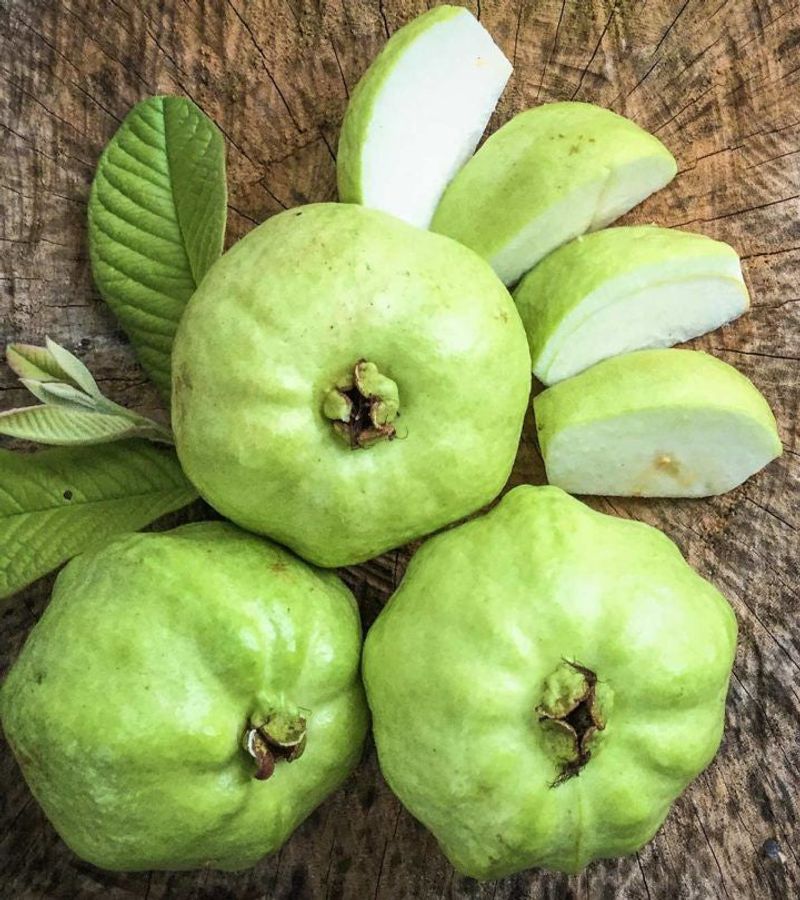
Guava tops the chart with exceptional vitamin C—often several times that of an orange—alongside fiber, vitamin A, potassium, and lycopene in pink varieties. The edible seeds add crunch and extra fiber, supporting fullness and digestion. Enjoy fresh wedges, blend into smoothies, or sprinkle with chili-lime seasoning for contrast. Choose fragrant fruit that yields slightly to pressure. Leave the skin on for more nutrients if texture suits you. Guava’s potent nutrient density makes it a compact powerhouse, ideal for elevating snack plates, fruit salads, and breakfast bowls with bright, tropical flavor.






